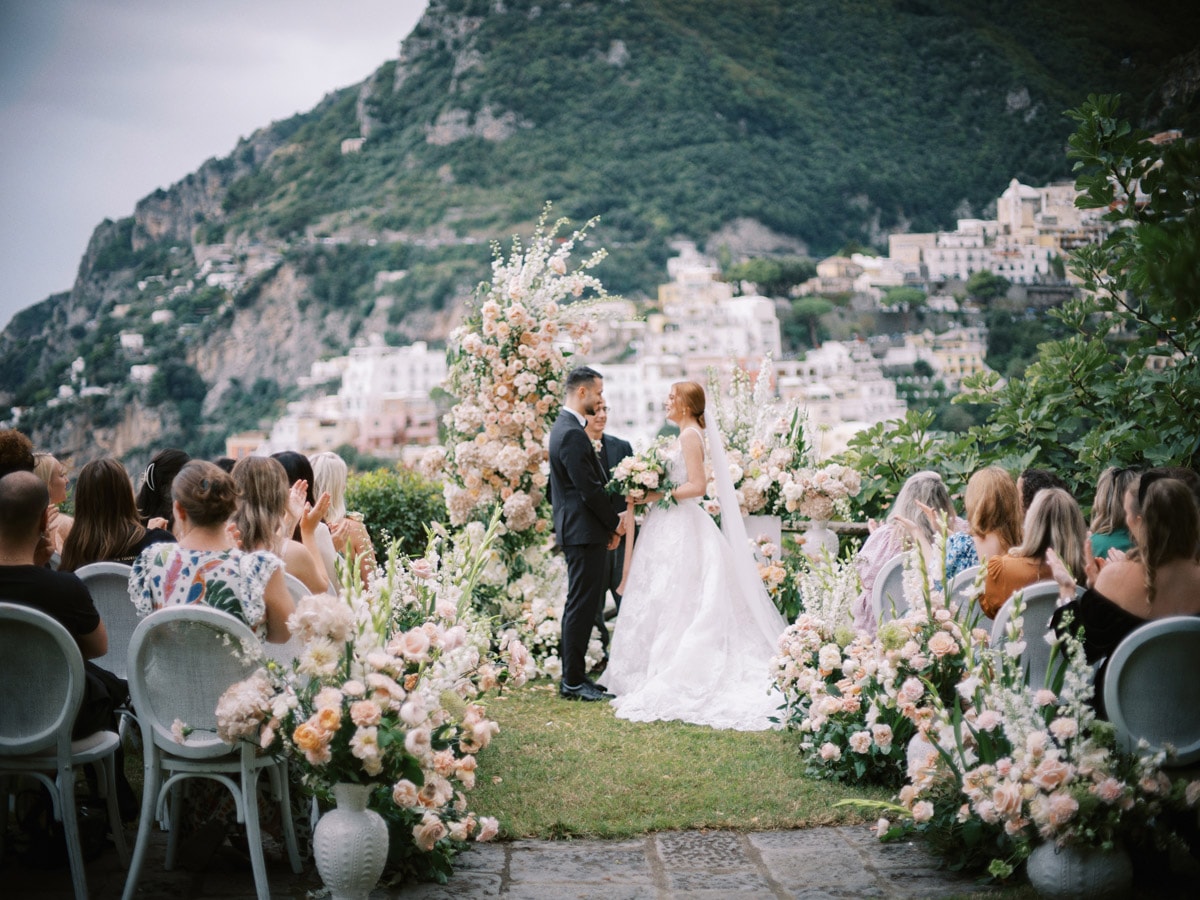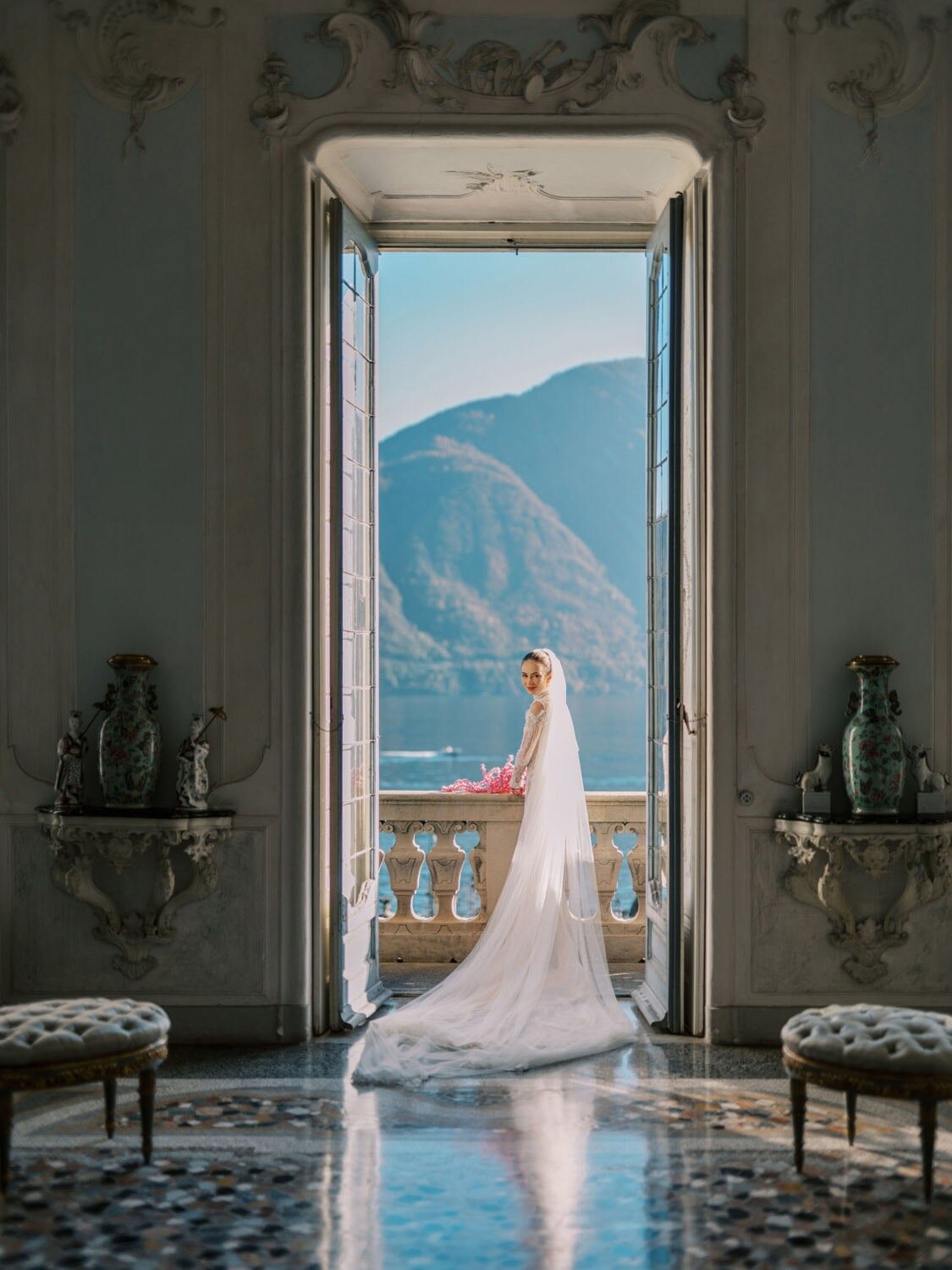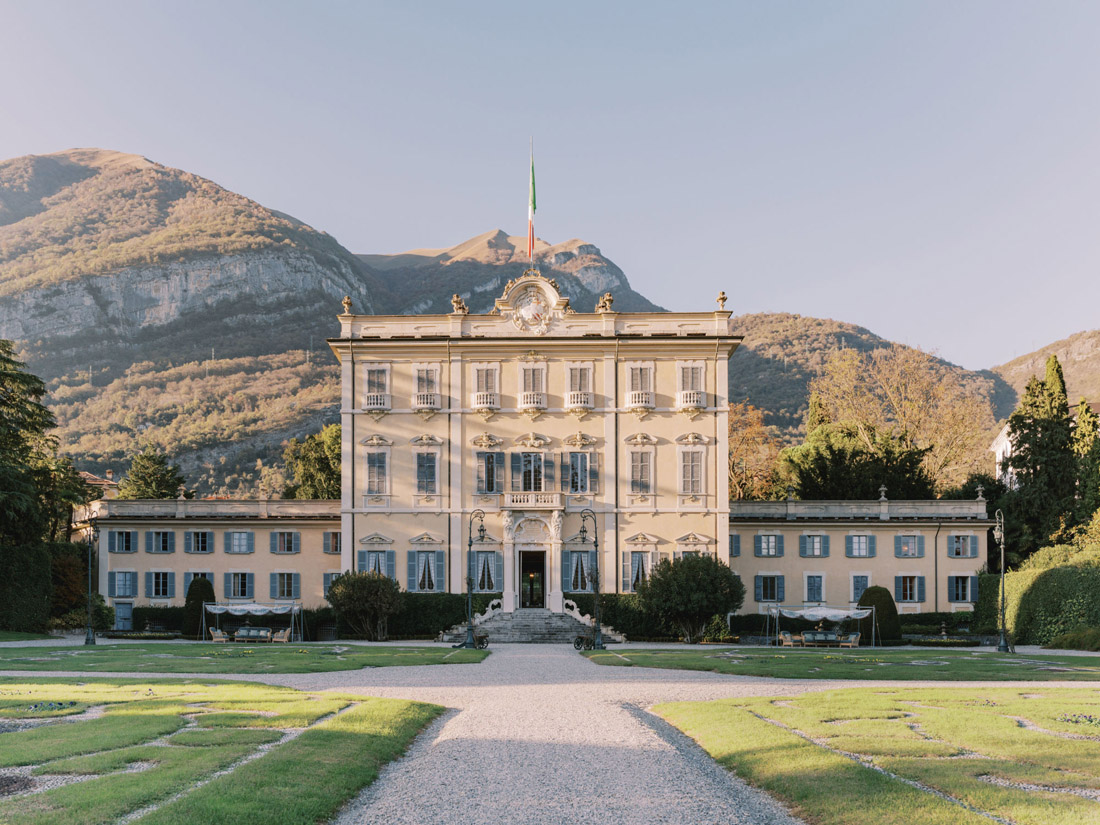A La Foce wedding photographer’s expert guide
La Foce is one of my favorite wedding venues anywhere in the world. Home to one of the world’s most renowned gardens, it’s located in one of the most quintessential Tuscan areas very close to the famous medieval village of Montepulciano. Through my lens, discover what makes this famous estate a dream wedding venue. If you’re seeking a premier La Foce photographer, explore this gallery to see the magic of weddings at this stunning location.
Table of Contents
Exclusive Features

La Foce is home to one of the most iconic renaissance gardens in the world. The gardens offer a breathtaking ceremony location surrounded by panoramic views of the Tuscan landscape. The gardens offer breathtaking views, winding paths, and terraced lawns allow you to Host an outdoor dinner for up to 100 guests, while a stretch tent ensures a seamless experience, rain or shine. The Limonaia provides an enchanting setting for after-dinner celebrations, available until 2:00 AM. In addition to the main villa, a private villa near La Foce offers 12 double bedrooms, and additional rooms at nearby farmhouses accommodate up to 48 guests, ensuring a comfortable, immersive Tuscany wedding experience. La Foce is available for minimum three-night stays and is open year round, offering seasonal beauty for your Tuscany wedding.
What are the best photography locations for a wedding in La Foce?
As a premier La Foce photographer, I’ve had the privilege of photographing multi-day events there and explore carefully everything that this exquisite estate has to offer.
Wedding photography in the garden
My absolute favorite is the terraced garden. The couple arrives in the lower garden through a majestic double staircase, ideal for portraits both from the lower and upper levels. The lower Rennaissance gardens offer symmetrical winding paths, sculpted hedges, for an epic and refined setting for photography. The Ceremony is typically positioned at the very end of the Renaissance Garden and therefore the hedges create a beautiful natural aisle for a majestic entrance of the bride. In addition there are several more garden locations, Private Fountain Garden – Nestled next to the villa, this hidden gem offers a peaceful retreat for guests, such as the Private Fountain Garden, shaded by roses and wisteria. The olive groves and vineyardsoffer a quintessential Tuscan backdrop for stunning couple and group shots. Finally, a swimming pool in front of the Limonaia allows for a fun and romantic poolside photoshoot.

Main Villa
My favorite locations in the villa is the balcony of the central dining room. It features frescoed walls and it is ideal for bridal portraits. The library is perfect for groom and groomsmen getting ready photos. Finally, as a pianist myself, I love the lower-floor music room with its grand piano, and harpsichord. It also has cozy seating and it’s perfect for bridesmaids’ reveals or large bridal party portraits.


Why we love photographing La Foce Weddings

A La Foce wedding offers an unparalleled experience, combining historic charm with the serene beauty of Tuscany. Here’s why we adore weddings at La Foce:
- Historic Renaissance Charm – The estate blends classic Italian elegance with the natural beauty of the landscape.
- Panoramic Views – Sweeping vistas of Val d’Orcia provide a spectacular backdrop for Tuscany wedding photos.
- Romantic Walks and Secret Gardens – Explore hidden corners of the estate, perfect for intimate moments.
- Fine Tuscan Wines – Located near Montepulciano and Montalcino, La Foce gives you access to Italy’s finest wines, including Vino Nobile and Brunello, ideal for a sophisticated wedding reception.
- Exquisite Dining Experiences – From a grand al fresco dinner to an intimate reception in the Limonaia, every meal is a culinary delight, prepared with the finest local ingredients.
- Exclusive Privacy – The secluded nature of La Foce ensures your wedding remains intimate and personalized, making it the perfect venue for your special day.
- Seamless Indoor and Outdoor Options – With flexible event spaces, La Foce guarantees a stunning wedding celebration, regardless of the season.
Which celebrities got married in La Foce?
Singer Ciara and NFL player Russell Wilson hosted their luxury wedding at La Foce. Additionally, the estate served as a filming location for HBO’s Succession, where an event for the fictional media billionaires, the Roy family, took place.
La Foce wedding cost
La Foce is dedicated to multi-day private events with a minimum stay of three days. We strongly recommend hiring a luxury wedding planner for your celebration at La Foce. They will craft an unforgettable event that showcases the villa’s grandeur, handling all the logistics and connecting you with the best vendors, including florists, hairstylists, makeup artists, caterers, musicians, officiants, and rental services. If you’re in search of the perfect photographer for your wedding in La Foce, we would love to connect with you and capture the magic of this remarkable estate through our lens.
Also view: La Foce official website























Iris Origo, a renowned Anglo-American biographer and historian, vividly recounts the remarkable yet challenging years at La Foce in her autobiographical books, “Images and Shadows” and “War in Val d’Orcia.” I love the secluded corners and hidden flowerbeds in the garden, where Iris Origo planted her favorite cottage flowers. I can imagine her leisurely strolling among peonies and roses, surrounded by wild Italian gladiolus, reminiscent of English gardens.

Also read:
Siena, Italy of your Dreams: its Contradas, Palio Race, and stunning architecture






